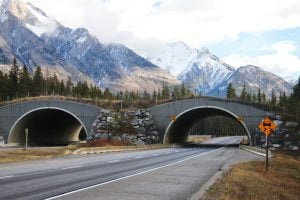More than 30 ravens and crows were paralyzed and later died in British Columbia over the summer, leading to speculation over the cause of the fatalities.
Leona Green, who runs the Hillspring Wildlife Rehabilitation Centre in Dawson Creek, sounded the alarm after seeing dozens of ravens and crows since May that had paralyzed legs and couldn’t walk or fly. None of the birds survived. As the summer progressed, reports of bird paralysis and mortality increased, with some occurring on Vancouver Island.
But what caused the birds to die remains a mystery.
“It could be West Nile virus,” says Brian Starzomski, an assistant professor of environmental studies at the University of Victoria, “but I don’t believe any of these birds have tested positive.”
Six of the birds have been sent for testing, but all Green knows so far is that none of them had West Nile virus. Yet with only six birds tested, that possibility can’t be ruled out completely.
British Columbia’s West Nile Virus surveillance program tests mosquitoes and dead birds belonging to the corvidae family, including ravens and crows. This year there has only been one positive test in the province for the virus, which was found in a mosquito pool. No birds or humans have tested positive for the virus in the province since 2010.
“When you see relatively small numbers of birds dying, out of between 10 and 20 billion birds, it’s definitely cause to investigate, especially for things like West Nile.” Starzomski says. “But to get too worried about it is a bit of overkill.”
Starzomski notes there are many possible causes for these deaths, including avian botulism, eating bad fruit, pesticides or pollutants. “It’s difficult to say without any data,” he says. “That’s why it’s so important in these cases to test.”




